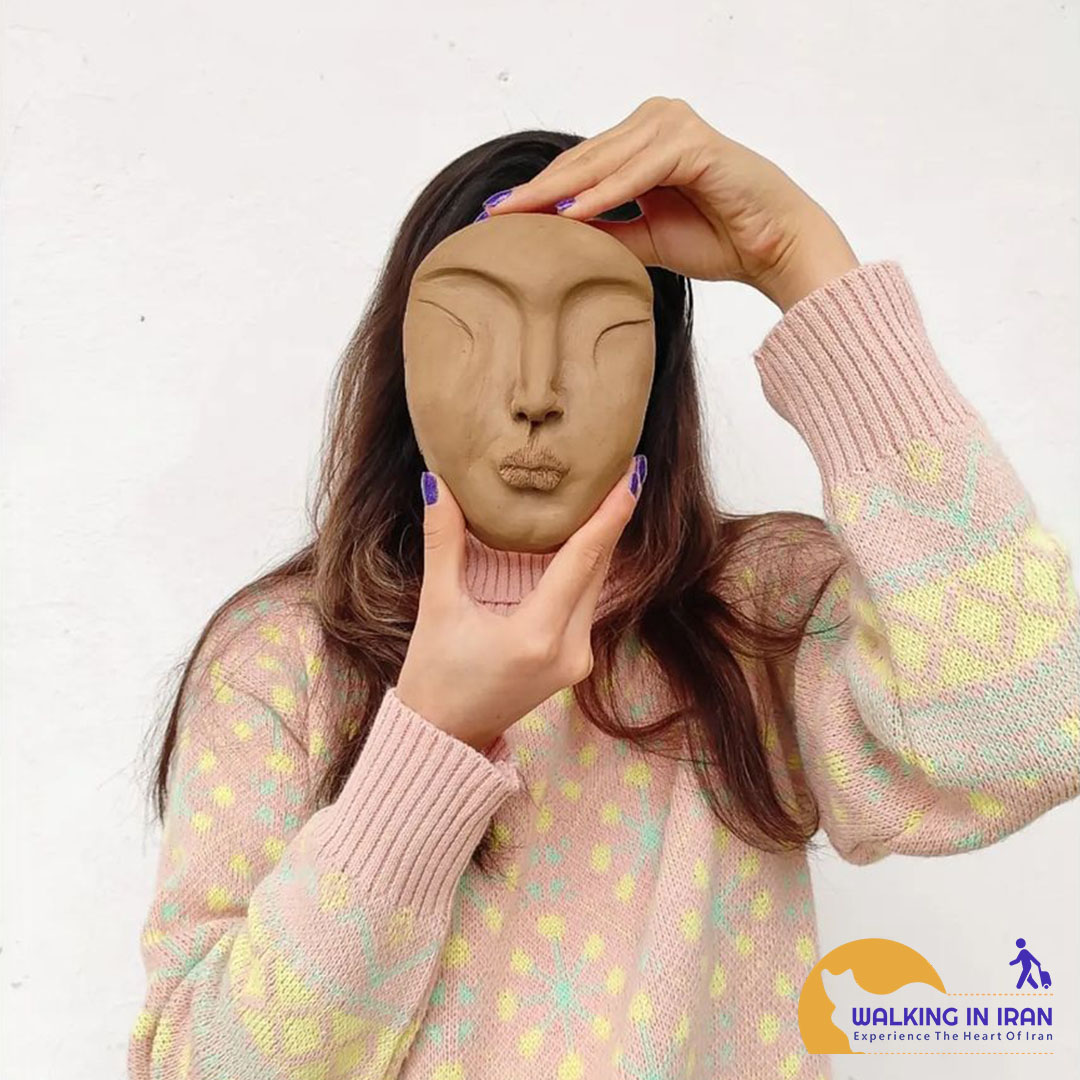Clay relief art: a narrative of depth and beauty
Clay relief is one of the oldest and most beautiful branches of pottery art, in which the artist creates his desired designs in relief on a surface using clay and various tools. This art is a combination of sculpture and painting and allows the artist to express stories, emotions and deep concepts in his works.
History of clay relief
The roots of clay relief go back to ancient times. Beautiful examples of clay reliefs have been discovered in various civilizations, including Mesopotamia and Egypt. In Iran, clay reliefs are abundantly found in different historical periods, including the Achaemenid, Sassanid, and Islamic periods.
Features of clay relief
- Three-dimensionality: Unlike the painting, which is two-dimensional, the relief has depth and volume, and for this reason, it induces a sense of realism.
- Diversity in design: Clay relief designs are very diverse and range from simple geometric designs to complex and story-telling designs.
- Natural raw materials: Clay, as the main raw material of relief, is a natural and living material that allows the artist to work with it easily.
- Various techniques: To create a relief, various techniques are used such as molding, carving and embossing.
The stages of making a clay relief - Preparation of clay: soften the clay and take it to the required size.
- Drawing the design: draw the desired design on a flat surface.
- Making a mold (if needed): If the design is complex, you can use a mold to make different parts of the relief.
- Shaping: using different tools, implement the design on the clay and add volume to it.
- Drying: Allow your clay work to dry slowly at room temperature.
- Baking: the dried effect is baked in the oven at the right temperature to make it hard and resistant.
- Decoration (optional): After baking, you can decorate your work with glaze or special pottery colors.
Applications of clay relief - Wall decoration: Clay reliefs are very suitable for decorating the interior and exterior walls of buildings.
- Making decorative vessels: Many artists create small reliefs on pottery such as vases and plates.
- Making small sculptures: Clay reliefs can be used as small and decorative sculptures.
- Painting: by combining relief with other materials, you can create beautiful artistic paintings.
The importance of preserving the art of clay relief - Preservation of cultural identity: Clay relief is a part of Iran’s cultural and artistic identity.
- Creating employment: This art can create job opportunities for artists.
- Tourism development: Clay relief works can be offered to tourists as souvenirs and valuable gifts.


